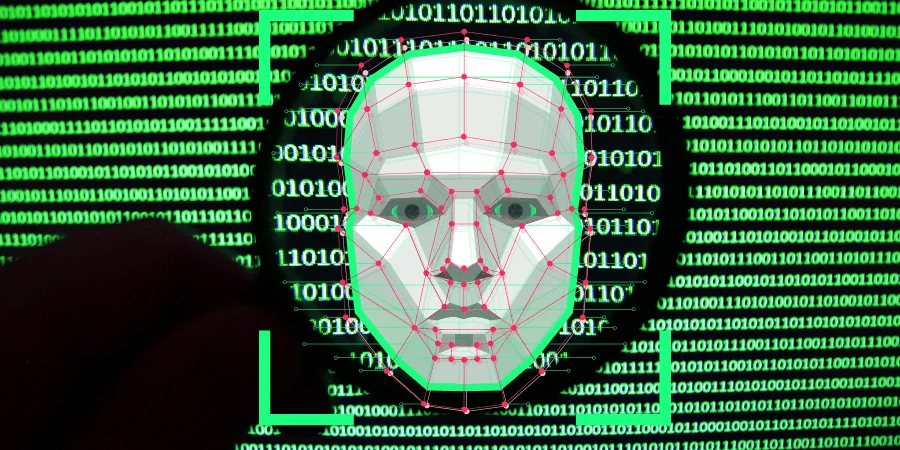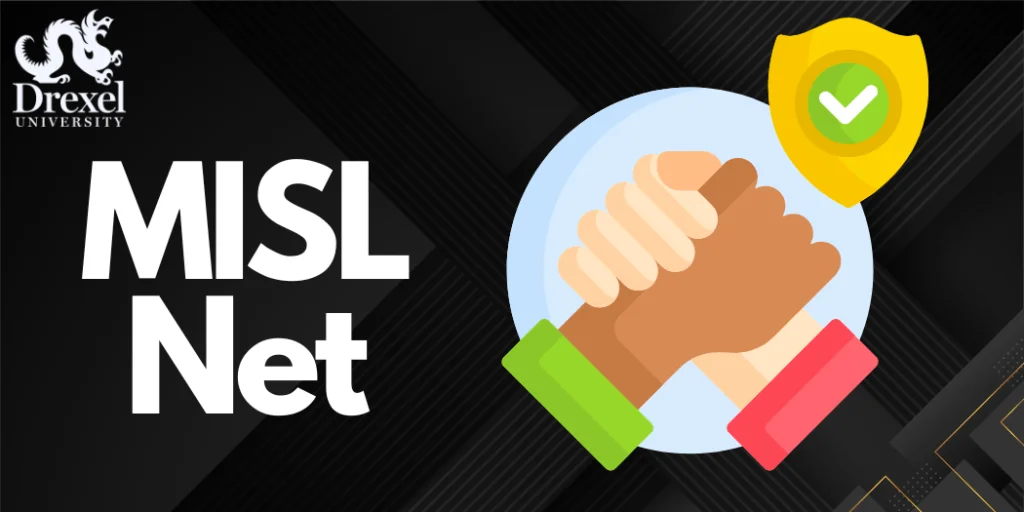The rise of artificial intelligence video generation products like Sora and Luma has heralded a new era of digital content creation.
With this technological advancement comes the troubling proliferation of deepfakes—AI-generated videos that can convincingly mimic real people and events.
These deepfakes pose a significant threat to the authenticity of digital media, leading to potential misinformation and trust issues.
In response to this growing concern, researchers at Drexel University have developed a groundbreaking AI algorithm Called MISLnet Deepfake Detection that can detect these deceptive videos with an impressive 98% accuracy.
This innovative solution marks a crucial step forward in our efforts to safeguard the integrity of digital content.
MISLnet Deepfake Detection
Deepfakes, AI-generated videos that can seamlessly mimic real people and events, present a significant challenge to media authenticity and public trust.
Unlike traditionally edited videos, which exhibit detectable manipulation signs such as altered frames or pixel inconsistencies, deepfakes are created entirely by AI, leaving no such traces.
This makes them exceptionally difficult to identify using conventional forensic detection methods.
Matthew Stamm, an associate professor of engineering at Drexel University, highlights the unsettling reality: “It’s more than a bit unnerving that could be released before there is a good system for detecting fakes created by bad actors.”

Traditional detection programs typically treat videos as a series of images, applying the same process to identify manipulations.
AI-generated videos require a more sophisticated approach, as they don’t exhibit the same frame-to-frame evidence of tampering. This new breed of content necessitates innovative detection methods capable of identifying unique markers inherent to AI generation.
The urgency to develop reliable deepfake detection tools is underscored by the potential for these videos to spread misinformation and create distrust.
As AI video generation becomes more ubiquitous and accessible, the threat of deepfake proliferation grows, making the need for effective detection systems more critical than ever.
The Breakthrough
The breakthrough in deepfake detection comes from the innovative MISLnet algorithm developed by researchers at Drexel University.
This cutting-edge tool represents a significant advancement in the field, offering a solution to the complex problem of identifying AI-generated videos that traditional methods struggle with.
MISLnet emerged from years of research into detecting fake images and videos, leveraging extensive data and advanced techniques.
Unlike conventional forensic tools that focus on changes made to digital video or images—such as pixel manipulation, speed alterations, or frame removal—MISLnet takes a different approach.
It identifies the subtle, unique markers left by generative AI programs, which are not present in standard digital images.
This new algorithm operates using a constrained neural network. This sophisticated method allows it to differentiate between normal and unusual values at the sub-pixel level. This granularity enables MISLnet to detect deepfakes with remarkable precision.
Traditional detection systems rely on spotting obvious manipulations. Still, MISLnet’s ability to scrutinize the intrinsic properties of AI-generated content sets it apart.
The Drexel team’s research, published on April 24 in the pre-print server arXiv, showcases the effectiveness of MISLnet. By focusing on the inherent characteristics of AI-generated videos rather than superficial alterations, this algorithm marks a pivotal step forward in combating the rising tide of deepfakes.
As these deceptive videos become more sophisticated and prevalent, tools like MISLnet are essential for maintaining the integrity of digital media.
How MISLnet Works
MISLnet, the advanced algorithm developed by researchers at Drexel University, employs a unique approach to detect deepfakes with unprecedented accuracy.
Traditional forensic detection methods treat videos as a series of individual images, applying detection techniques to each frame independently. This approach falls short with AI-generated videos, which lack the typical signs of manipulation present in edited digital media.
MISLnet addresses this challenge by focusing on the specific markers left by generative AI programs.
Unlike conventional digital images, AI-generated videos do not exhibit inconsistencies between frames since they are entirely created by AI, without the manual editing traces that traditional detection tools rely on.
MISLnet overcomes this by examining the subtle, intrinsic properties of these videos at a sub-pixel level.
The core of MISLnet’s functionality is a constrained neural network, a sophisticated machine learning model designed to identify and differentiate between normal and anomalous pixel values.

This neural network has been trained on extensive datasets of both real and AI-generated videos, enabling it to learn the distinctive patterns and markers associated with deepfakes.
By analyzing the relationships between pixel colour values and other sub-pixel-level features, MISLnet can detect discrepancies that are invisible to the naked eye and conventional detection methods.
In practical terms, MISLnet looks for the “digital breadcrumbs” that generative AI leaves behind.
These markers include specific pixel arrangements and value relationships that differ significantly from those produced by traditional cameras and editing software.
By focusing on these unique characteristics, MISLnet can accurately identify AI-generated content, distinguishing it from genuine footage with remarkable precision.
The effectiveness of MISLnet is evidenced by its performance in tests, where it outperformed seven other fake AI video detector systems, achieving a detection accuracy of 98.3%.
This high level of accuracy is a testament to the algorithm’s ability to adapt to the evolving landscape of digital media and provide a robust defence against the increasing threat of deepfakes.
Performance and Accuracy
MISLnet’s performance in detecting deepfakes sets a new standard in the field, showcasing its remarkable accuracy and reliability.
In extensive testing, MISLnet achieved a detection accuracy of 98.3%, significantly outpacing other state-of-the-art systems.
This high level of precision is critical in the ongoing battle against deepfakes, which are becoming increasingly sophisticated and harder to identify with traditional methods.
To put MISLnet’s performance into perspective, it was tested against seven other AI video detector systems. While these systems also showed strong results, scoring at least 93% in accuracy, MISLnet consistently outperformed them.
This superior performance can be attributed to its advanced constrained neural network, which analyzes videos at the sub-pixel level to detect the subtle markers left by generative AI processes.
The constrained neural network approach allows MISLnet to differentiate between genuine and AI-generated content by examining pixel-level relationships and anomalies that are not evident through conventional analysis. This method provides a deeper level of scrutiny, enabling the detection of digital fingerprints that other systems might overlook.
The Drexel research team’s study, published on the pre-print server arXiv, highlights the significant milestone represented by MISLnet.
By focusing on the inherent characteristics of AI-generated videos rather than superficial editing traces, MISLnet offers a robust and reliable solution to the deepfake problem. Its ability to maintain high accuracy across diverse types of AI-generated content demonstrates its versatility and effectiveness.
In practical terms, MISLnet’s performance and accuracy mean that it can serve as a crucial tool for various sectors concerned with the integrity of digital media.
From news organizations and social media platforms to law enforcement and cybersecurity, MISLnet provides a powerful means to safeguard against the spread of misleading or harmful AI-generated videos.
The breakthrough represented by MISLnet is not just its high accuracy but also its adaptability to evolving AI technologies. As generative AI continues to advance, the methods used to create deep fakes will likely become more complex.
MISLnet’s sophisticated detection capabilities ensure that it can keep pace with these advancements, providing a critical layer of defence against future threats.
Implications and Future Outlook
The development of the MISLnet algorithm represents a major leap forward in the fight against deepfakes, carrying profound implications for various sectors and paving the way for future advancements in digital security.
Implications for Media Integrity and Public Trust
MISLnet’s ability to detect deepfakes with 98.3% accuracy is a significant step toward preserving the integrity of digital media. As deepfakes become more prevalent and sophisticated, the potential for misinformation and manipulation increases, posing serious risks to public trust.
By providing a robust tool to identify AI-generated content, MISLnet helps ensure that digital media can be trusted, reducing the risk of fake videos influencing public opinion or undermining the credibility of legitimate sources.
Applications Across Sectors
The versatility of MISLnet makes it an invaluable tool across various sectors. For media organizations and social media platforms, it offers a means to filter out fake content before it can spread widely.
Law enforcement agencies can use MISLnet to verify the authenticity of video evidence, ensuring that investigations are not compromised by fabricated footage. Additionally, cybersecurity firms can integrate MISLnet into their solutions to protect clients from the threat of deepfake-based scams and fraud.
Enhancing Digital Literacy and Awareness
The deployment of MISLnet can also contribute to enhancing digital literacy and awareness among the general public.
By highlighting the existence of sophisticated tools capable of detecting deepfakes, it underscores the importance of scepticism and critical thinking when consuming digital media.
Public awareness campaigns that incorporate MISLnet’s capabilities can educate people on how to discern authentic content from potential deepfakes, fostering a more informed and vigilant society.
Future Research and Development
The breakthrough achieved by MISLnet opens up new avenues for research and development in the field of AI and digital forensics.
Future iterations of the algorithm can be refined to handle even more advanced deepfake techniques, ensuring that it remains effective against evolving threats.
Collaboration between academic institutions, industry leaders, and government bodies will be crucial in advancing this technology and developing complementary tools to create a comprehensive defence against digital deception.
Ethical and Regulatory Considerations
The success of MISLnet also brings to the forefront important ethical and regulatory considerations. As detection technology improves, it is essential to establish clear guidelines and regulations to govern the use of AI in content creation and detection.
Policymakers need to address the potential misuse of both generative and detection AI, ensuring that these technologies are used responsibly and ethically.

Developing standards for transparency and accountability in AI-generated content can help mitigate the risks associated with deepfakes while promoting innovation and trust.
The MISLnet algorithm’s high accuracy and advanced detection capabilities mark a significant milestone in combating deepfakes.
Its implications extend across various sectors, enhancing media integrity, supporting law enforcement, and protecting against cybersecurity threats.
As we look to the future, ongoing research, public awareness, and thoughtful regulation will be key to leveraging MISLnet’s potential and ensuring a secure digital landscape.
The battle against deepfakes is far from over, but with tools like MISLnet, we are better equipped to face the challenges ahead.
The MISLnet algorithm represents a significant advancement in the detection of deepfakes, achieving a 98.3% accuracy rate. Its ability to identify AI-generated content with high precision has important implications for media integrity, cybersecurity, and law enforcement.
As deepfakes become more sophisticated, MISLnet provides a crucial tool for maintaining public trust in digital media. Continued research and thoughtful regulation will be essential to fully leverage this technology and ensure a secure digital future.


